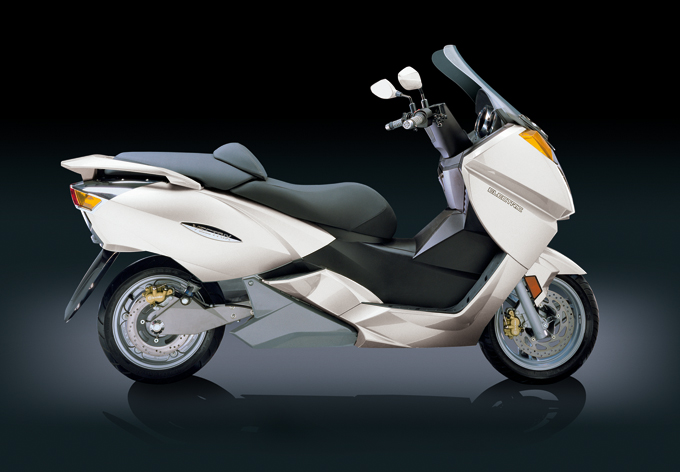More than 800,000 EVs Sold Annually In Europe by 2020: Pike Research
2013/04/10 | By Quincy LiangSales of electric vehicles (EVs), two-, three- or four-wheels, have been falling short of expectations of governments, makers, maybe not consumers but eco-conscious buyers for years, though likely to see "visible" growth over the next several years.

Currently, sales of four-wheel EVs and electric scooters (e-scooters) are more concentrated in Europe, the United States and China, though the market scale in these regions is still very limited.
827,000 Annually by 2020 in Europe
According to a new report from Pike Research, EVs – including electrically assisted hybrids – will play an increasingly important role in European markets, growing from 0.7% of the market in 2012 to 4% in 2020. While that is still a small portion of the market, it represents more than 827,000 vehicles sold annually in the region.
Although government support for EVs in Europe is decreasing due to unfavorable economic factors, the increasing availability of vehicle charging infrastructure that enables vehicles to charge at home, at the workplace, and in public places is facilitating market growth.
With electric and electrically assisted vehicles, including plug-in hybrid electric vehicle (PHEVs) and hybrid electric vehicle (HEVs), now available in the mainstream market, the fundamental question is no longer if there is a market; rather, the question is how fast that market will grow, the market research firm says.
"The European transportation market is significantly different from other world regions," says senior research analyst David Alexander. "Thanks to fuel prices that are significantly higher than in North America, small, efficient gasoline- and diesel-engine cars have led European sales figures for many years. Today, the market is still testing electric drive technology, waiting for the price premium for EVs compared to conventional vehicles to narrow, and in some cases waiting for electric charging infrastructure to become established."
Another difference between the European and North American automotive markets is the prevalence of diesel vehicles in Europe. The popularity of diesel has prevented HEVs from achieving the success in Europe that they have had in North America, where the contrast with large V8-engine vehicles is important to consumers. The biggest growth through 2020 is expected to come in battery electric vehicles (BEVs), followed by PHEVs, according to Pike Research, while HEV sales will lag behind in most European countries.

18.7 M. Electric PTWs Sold Annually by 2018
Manufacturers of electric motorcycles and scooters (e-motorcycles and e-scooters) are providing more robust features, including longer range capability and higher speeds, accelerating demand for these vehicles. Although still small, the market is expected to grow strongly as consumers become more aware of the products available.
According also to Pike Research, annual worldwide sales of e-motorcycles and e-scooters will reach 18.7 million by 2018, with the vast majority to be sold in China.
"Two-wheel vehicles are growing in popularity as a form of transportation, particularly in large cities in the Asia Pacific region," says senior research analyst Dave Hurst. "Urbanization in Asia Pacific is expected to grow to 55% by 2015. The resulting increased traffic and pollution have driven significant government interest in promoting e-motorcycles and e-scooters."
New motor-power and size rules for e-bicycles proposed for 2013 would mean that some e-scooters now sold as e-bicycles would need to be licensed in China. Given that China accounts for some 98% of the global market, these developments could have a significant impact on the sector as a whole.




